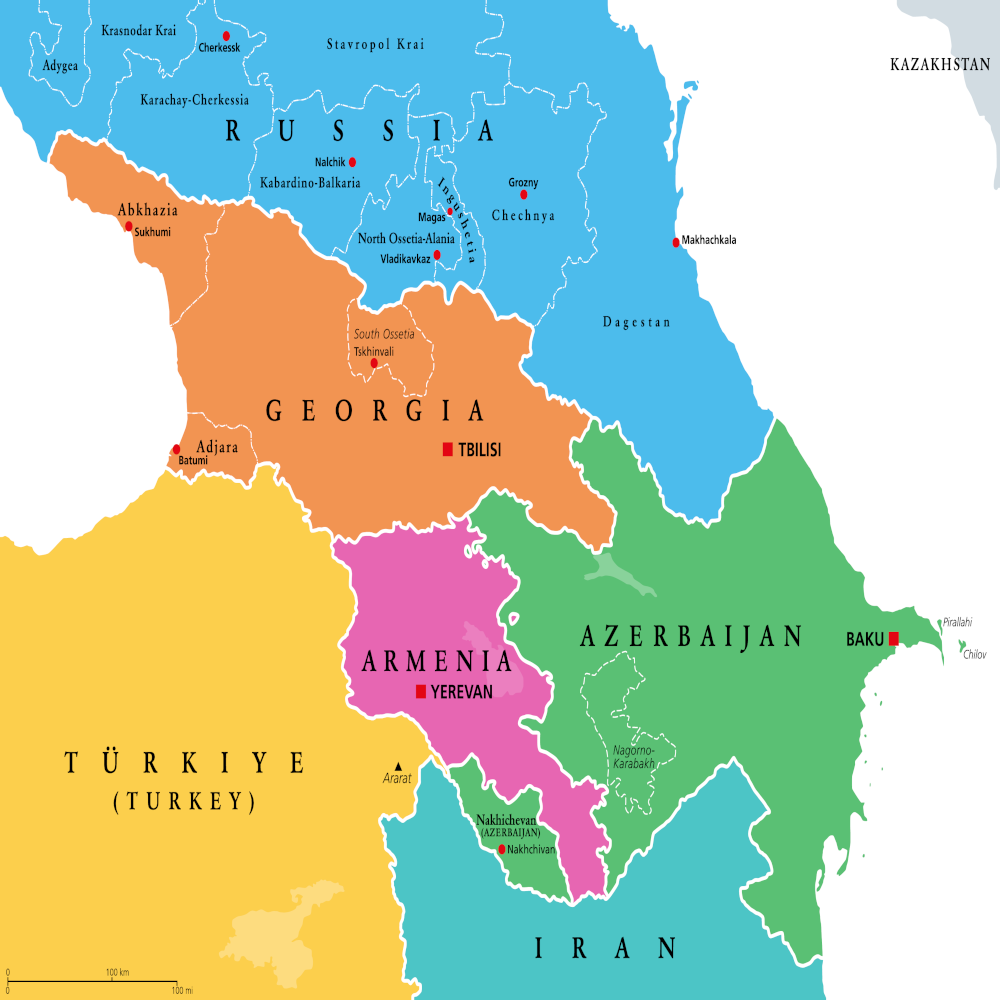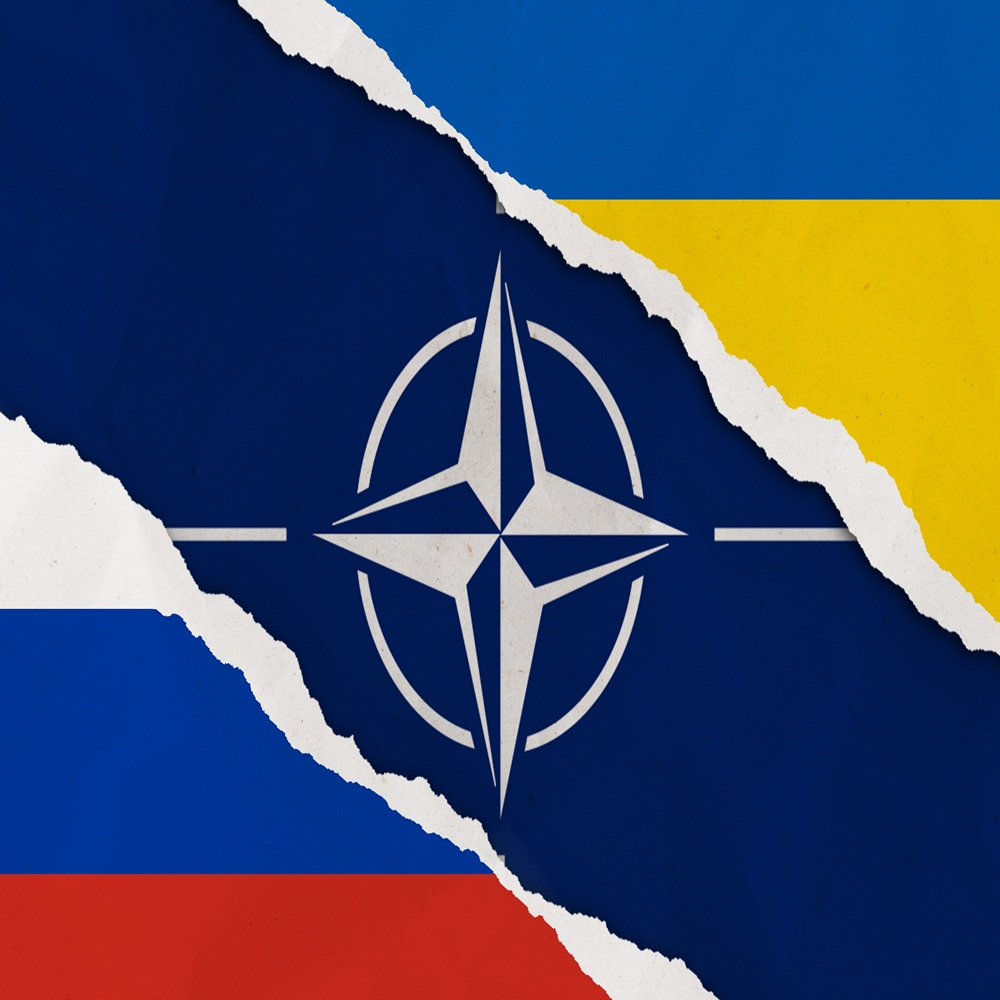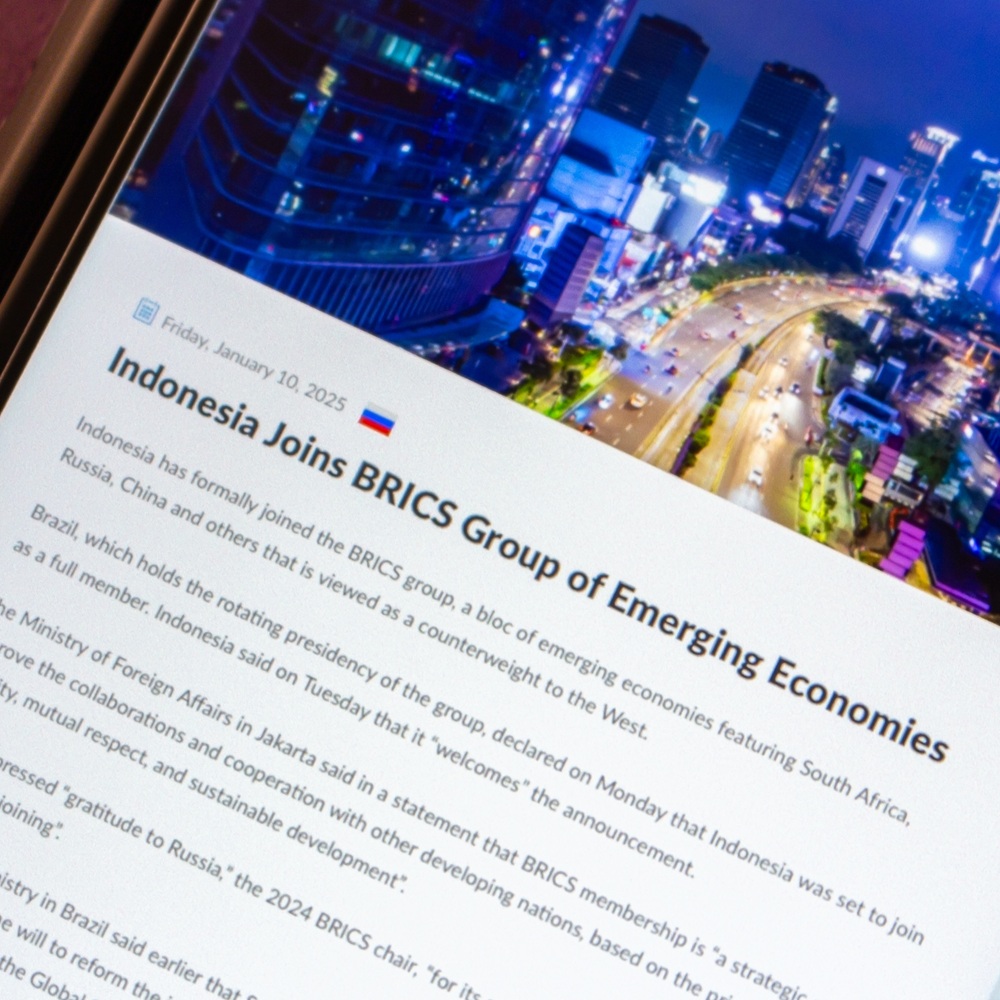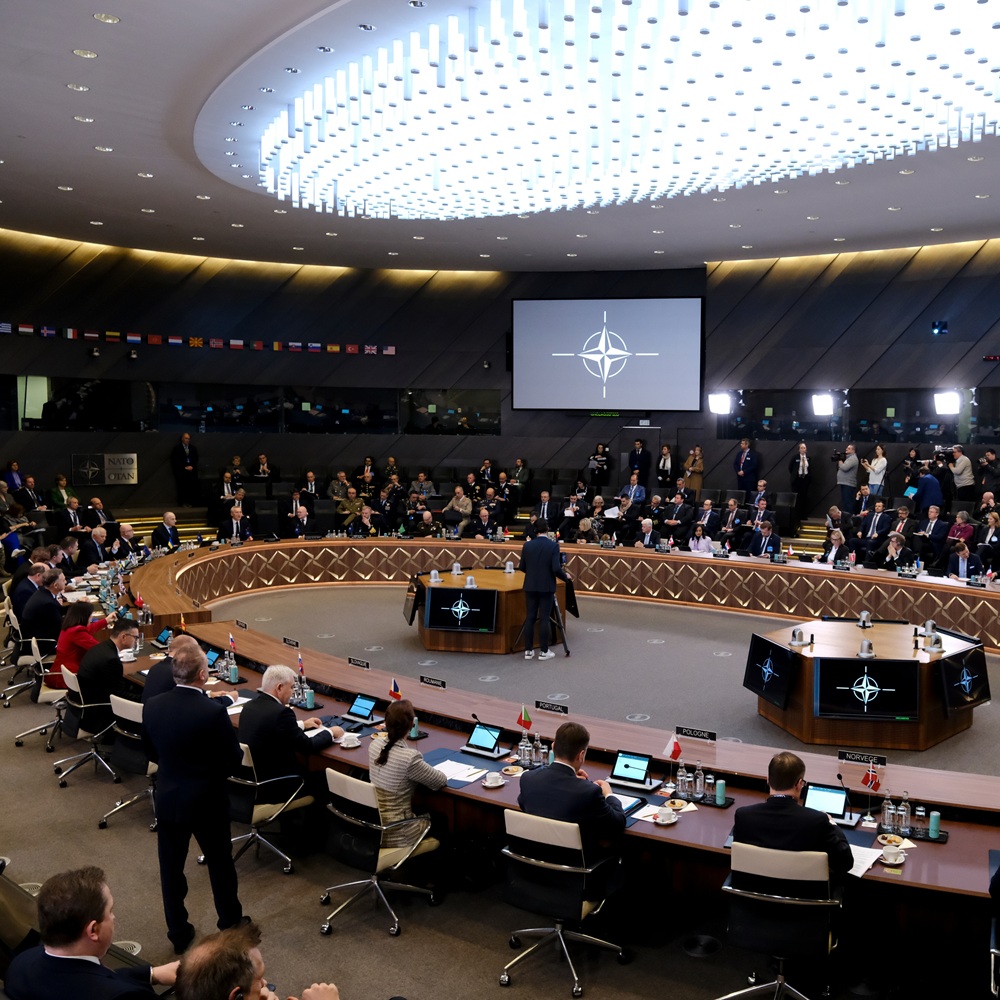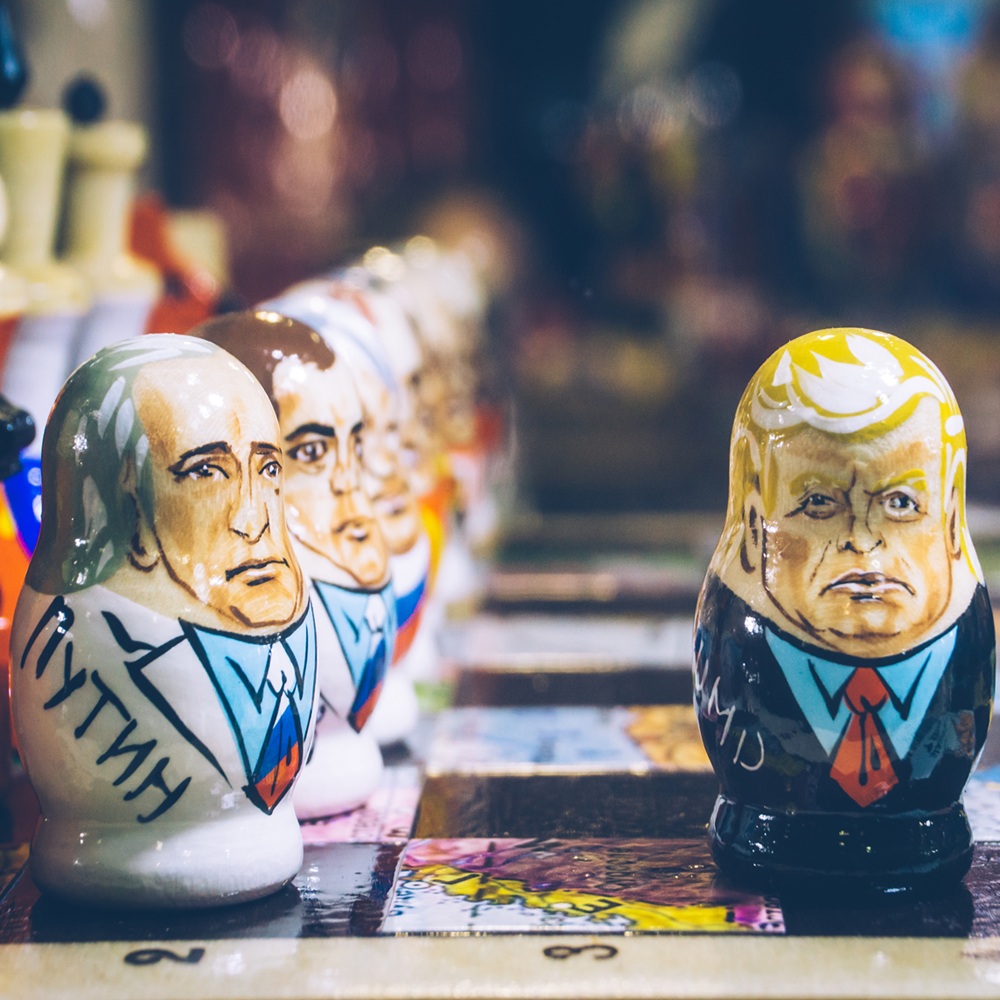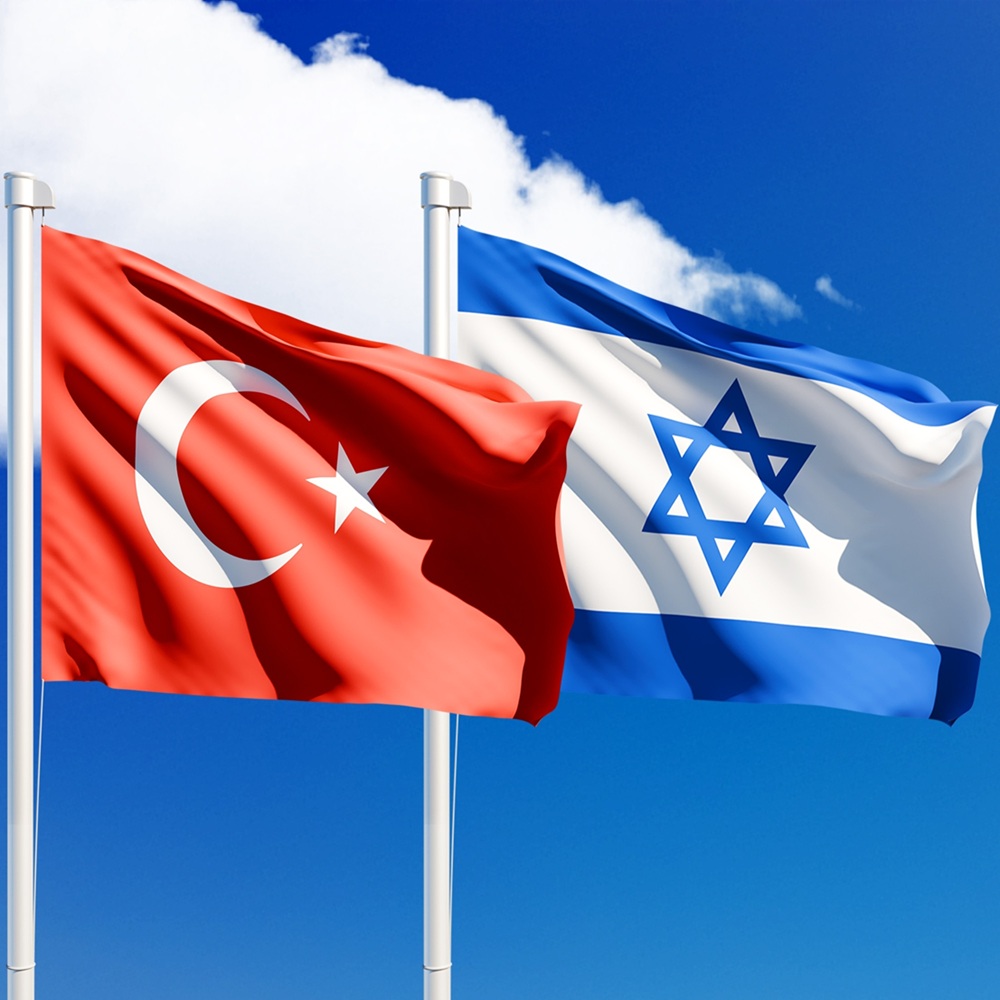
China’s Growing Role in Central Asia
by Akanksha Meena
한국어로 읽기 Leer en español In Deutsch lesen Gap اقرأ بالعربية Lire en français Читать на русском In response to its recent retaliatory tariffs on US energy imports, a delegation of major Chinese energy firms visited Kazakhstan in February 2025 to explore new trade opportunities. It was led by the China Council for the Promotion of International Trade (CCPIT), which focused on diversifying supply chains and reducing dependence on western markets. The visit highlights Beijing’s commitment to deepening economic ties in Central Asia through trade, infrastructure investment, and energy cooperation amidst the escalating tensions between China and the West. Traditionally, Russia exerted a dominant influence in Central Asian countries due to its Soviet-era legacy and security ties. However, China’s Belt and Road Initiative (BRI) and expanding economic partnerships with Central Asian nations have established Beijing as a key player in the region. As US presence has diminished, and Russia remains preoccupied with its conflict in Ukraine, China has leveraged economic partnerships, infrastructure projects, and strategic diplomacy. China has emerged as Central Asia’s primary trade partner, even surpassing Russia in economic influence. In 2023, trade between China and Central Asia reached $89.4 billion, reflecting a 27% increase from the previous year. This surge highlights China’s efforts to solidify its economic presence through investments, trade agreements, and infrastructure projects. Kazakhstan remains Beijing’s most significant economic ally in the region, with trade reaching $43.8 billion by the end of 2024, a 9% rise from 2023. Likewise, Uzbekistan has upgraded its ties with China to an “all-weather” comprehensive strategic partnership, aiming to boost trade from $14 billion to $20 billion. Chinese investments in Uzbekistan’s renewable energy sector have grown fivefold, underscoring Beijing’s focus on sustainable development. Infrastructure development is a cornerstone of China’s engagement in Central Asia. The China-Kyrgyzstan-Uzbekistan (CKU) railway is a flagship project designed to provide China with a direct access route into the region, reducing dependence on Russian transit networks. China, Kyrgyzstan, and Uzbekistan signed a trilateral agreement that will carry out the project in June 2024. This aligns with Beijing’s broader goal of diversifying trade routes, particularly amid global disruptions such as Houthi attacks in the Red Sea. China has expanded its influence and investments in the energy industry, extending its reach beyond transportation infrastructure. The China-Central Asia Gas Pipeline, spanning Turkmenistan, Uzbekistan, Kazakhstan, and China, is crucial to Beijing’s energy security strategy. This infrastructure ensures a steady supply of natural gas while providing Central Asian states with an alternative to Russian-controlled routes. In October 2023, KazMunayGas (KMG) and China National Chemical Engineering Group Corporation (CNCEC) agreed to construct a gas turbine power plant at the Atyrau oil refinery. This facility aims to enhance power supply reliability and support the energy needs of the Atyrau region.Similarly QazaqGaz and Geo-Jade Petroleum Corporation are set to develop the Pridorozhnoye gas field in Turkistan Region. China National Petroleum Corporation (CNPC) is implementing four oil and gas projects in collaboration with Kazakhstan’s Samruk-Kazyna. On a regional scale, PetroChina plans to resume construction of Line D of the Central Asia–China Gas Pipeline in 2025, pending the finalization of a gas supply contract with Turkmenistan, further strengthening China’s energy ties with the region. In Kyrgyzstan and Tajikistan, Beijing plays a dominant role in the extraction of essential minerals, while its economic ties with Kazakhstan continue to strengthen. China’s molybdenum imports from Kazakhstan increased to around $19.6 million in 2022, demonstrating the country’s reliance on Kazakh resources. Meanwhile, 1.5% of Tajikistan’s total exports to China were zinc, and 17.5% were copper, demonstrating China’s rising influence over Central Asia’s minerals and the potential for raw material exploitation in Central Asian countries. Despite China’s growing economic footprint, Central Asian states remain cautious about excessive dependence and actively seek to diversify their partnerships, including engagement with the United States. Beijing has heavily invested in Kyrgyzstan and Tajikistan, financing essential infrastructure projects such as roads, bridges, hospitals, and government buildings. These investments reflect China’s broader strategy of fostering economic development as a means to ensure regional stability. By funding key projects, Beijing not only stimulates economic growth but also deepens its political influence by cultivating relationships with local elites. Chinese direct investments in Kyrgyzstan reached $220.8 million in 2023. Specifically, China has been involved in the construction of roads and infrastructure, and Bishkek, China provides grants for the construction of interchanges to solve traffic jams. China and Kyrgyzstan have extended their Belt and Road Initiative (BRI) cooperation until 2026, aligning the infrastructure project with Kyrgyzstan’s national development strategy. China has been the largest national contributor to Tajikistan’s expanding transport infrastructure, accounting for 26 percent of the total value, or $570.2 million. Of this, $37 million has been provided in grants, while the remaining $533.2 million were loans. China has committed $230 million in funding to Tajikistan for the construction of a new parliament building. The 2023 China-Central Asia summit in Xi’an marked a turning point in Beijing’s regional strategy. Historically, China engaged with Central Asian states through the Shanghai Cooperation Organization (SCO), where Russia played a significant role. However, the establishment of an independent China-Central Asia summit signals Beijing’s growing assertiveness in the region and a strategic shift toward reducing Russia’s traditional influence. In May 2023, President Xi Jinping hosted leaders from Kazakhstan, Kyrgyzstan, Tajikistan, Turkmenistan, and Uzbekistan for the inaugural China Central Asia summit, which took place in Xi’an, Shaanxi Province. China announced during the summit that it would upgrade bilateral investment agreements, introduce more trade facilitation initiatives, speed up the construction of the D-line of the China-Central Asia gas pipeline, and give Central Asian countries 26 billion in financing support and non-reimbursable assistance. Kazakhstan will host the next summit in 2025–2026. At the summit, China pledged substantial development aid, expanded energy partnerships, and strengthened security cooperation, reflecting its broader commitment to regional stability and economic integration. Although China’s engagement in Central Asia remains primarily economic, it is increasingly asserting itself on political matters as well. Beijing has taken diplomatic stances that occasionally diverge from Moscow’s interests. For instance, China has openly supported Kazakhstan’s territorial integrity in response to Russian nationalist rhetoric, Chinese President Xi Jinping declared during his September 14, 2022 visit to Kazakhstan that his country backs Kazakhstan’s independence and territorial integrity and is against any meddling in its domestic affairs. However, despite these political maneuvers, China remains cautious about direct security involvement in the region. While Beijing maintains a military presence in Tajikistan and deploys private security firms to protect its investments, it continues to operate within Russia’s established security framework rather than attempting to supplant it. This cautious approach was particularly evident in China’s limited response to border clashes between Kyrgyzstan and Tajikistan, signalling its reluctance to assume a direct security guarantor role in the region. Meanwhile, Russia’s traditional dominance in Central Asia has weakened due to its ongoing war in Ukraine. Central Asian governments are distancing themselves from Moscow, with Kazakhstan’s President Tokayev openly rejecting Russia’s territorial claims in Ukraine. Moreover , the Eurasian Economic Union (EAEU), Moscow’s regional economic bloc, has struggled to compete with China’s Belt and Road Initiative (BRI), which provides more substantial investments and infrastructure development. As a result, China’s influence in Central Asia continues to expand, filling the gaps left by Russia’s declining geopolitical leverage. While China’s engagement in Central Asia has traditionally focused on economic investments, its security presence is steadily expanding. Beijing has increased arms sales, military cooperation, and counterterrorism efforts. Chinese military exports accounted for only 1.5% of Central Asia’s total arms imports, between 2010 and 2014, but by 2019, this figure had surged to 18%. In a significant development, in 2021, Tajikistan approved the construction of a new base after an agreement between the country’s Interior Ministry and China’s Public Security Ministry or police force. The fact that the Public Security Ministry, not the Chinese military, signed the agreement indicates that counterterrorism is a priority in the face of growing concerns about instability in neighbouring Afghanistan. This facility enhances Beijing’s security footprint near Afghanistan, a region of strategic concern due to potential instability affecting Xinjiang. Unlike Russia, which maintains a direct military presence, China takes a different approach to security cooperation. Rather than deploying conventional troops, Beijing relies on Private Military and Security Contractors (PMSCs) to safeguard its economic interests and infrastructure projects. These contractors, often led by former Chinese military personnel, protect Chinese investments across Central Asia. While negotiating its non-interference policy’s limitations, these PMSCs handle security concerns ranging from terrorism to local unrest impacting Chinese workers and projects by offering a variety of services such as armed protection, intelligence collection, and military training. In line with its security diplomacy and larger Global Security Initiative, China uses PMSCs to strengthen security cooperation and increase its influence in the region. Companies such as Zhongjun Junhong Group and China Security and Protection Group have established branches in nations like Kyrgyzstan and Tajikistan. China launched the Global Security Initiative (GSI) in 2022, reinforcing its commitment to regional security. The GSI prioritizes sovereignty, noninterference, and counterterrorism collaboration, aligning with the security priorities of Uzbekistan and Tajikistan, which face domestic stability challenges. Beyond military engagement, China has intensified law enforcement cooperation with Central Asian states. Beijing has established intelligence-sharing agreements, police training programs, and cybersecurity initiatives aimed at combating organized crime and terrorism. These efforts serve China’s broader goal of maintaining regional stability while protecting its economic interests. Despite China’s growing economic and security ties with Central Asia, local resistance poses a significant challenge. Public opposition to Chinese investments has been fuelled by concerns over debt dependency, land acquisitions, job displacement, and environmental impact. In 2016, proposed land reforms in Kazakhstan sparked widespread protests across the country, as many citizens feared that the changes would allow Chinese investors to buy large tracts of Kazakh land. The government had introduced amendments to the Land Code, which included provisions for leasing agricultural land to foreign investors for up to 25 years. This led to public concerns about the potential for Chinese ownership of Kazakh land, given China’s increasing economic influence in the region. Demonstrations took place in major cities like Almaty, Atyrau, and Aktobe, drawing thousands of people. The scale of the protests forced the Kazakh government to suspend the reforms and impose a moratorium on land sales to foreigners, highlighting the deep-seated anxieties over national sovereignty and economic dependency on China. Protests occurred in several cities in 2019 including Astana, Almaty, and Zhanaozen in Kazakhstan. Demonstrators opposed Chinese industrial projects, fearing environmental harm and long-term economic dependence on China. There was also widespread suspicion that Chinese investments would lead to land leases or permanent settlements by Chinese workers, further fueling public discontent. In Naryn, Kyrgyzstan, violent protests erupted against a planned $280 million Chinese logistics and industrial project. Protesters were concerned about potential environmental damage, the loss of land to foreign companies, and a perceived lack of economic benefits for local communities. The unrest led to the cancellation of some Chinese-backed projects. China’s treatment of ethnic minorities of Uyghurs, Kazakhs, and Kyrgyz in Xinjiang has further complicated its relations with Central Asian populations. Protests against the mass detentions have mainly occurred in Kazakhstan and Kyrgyzstan. From 2018 to 2019, the activist group Atajurt Eriktileri organized frequent demonstrations in Almaty and Nur-Sultan (Astana), demanding the release of detained ethnic Kazakhs. Since January 2021, relatives of detainees have held weekly protests outside the Chinese Consulate in Almaty. In Kyrgyzstan, smaller protests took place in Bishkek in February and December 2019, where activists urged the government to act against China’s repression. China’s growing trade, security, and political influence in Central Asia is a key testing ground for its broader geopolitical ambitions. The future of this engagement will depend on China’s ability to balance its economic interests with local concerns, ensuring that its expanding role contributes to stability rather than fostering tensions. Beijing’s influence in Central Asia is steadily increasing, making it a dominant economic and security partner. Through initiatives like the Global Security Initiative (GSI), the Belt and Road Initiative (BRI), and the China-Central Asia (C+C5) mechanism, China has deepened its presence by offering financial investments, security cooperation, and diplomatic engagement. This approach has been well-received by Central Asian governments, which seek economic growth and stability. Although Russia remains a major geopolitical actor in the region, its influence is diminishing as China’s economic power continues to rise. Beijing’s emphasis on respecting sovereignty and promoting development has helped solidify its relationships with Central Asian states. However, challenges such as local resistance to Chinese investments and potential geopolitical tensions with Russia persist. The long-term success of China’s regional strategy will depend on its ability to manage these complexities while maintaining its strategic foothold. The text of this work is licensed under a Creative Commons CC BY-NC 4.0 license.










